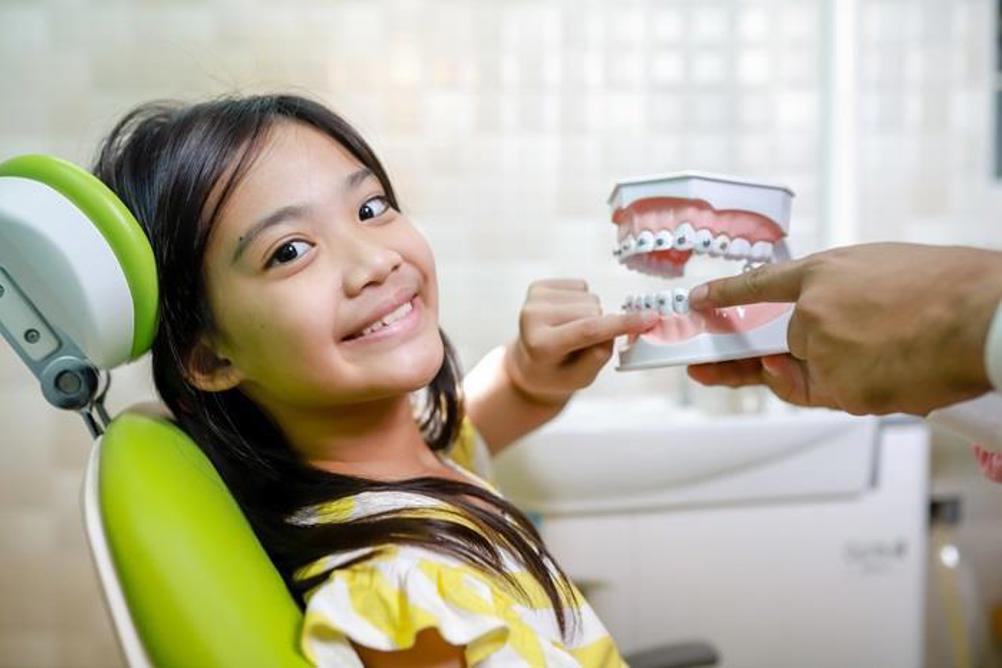
Among children and adolescents, dental malocclusion has a prevalence between 39 per cent and 93 per cent. Along with caries and periodontal disease, malocclusion is one of the most pressing oral health problems, influencing masticatory function and causing suboptimal digestion and even malnutrition. It also affects mental health, making malocclusion a barrier towards a better quality of life.
One of the notable impacts malocclusions can have on a young person is their self-esteem; how they value and perceive their worth. Malocclusion can lead to anterior crowding and facial asymmetry, which can change the perception of overall facial aesthetics, a crucial aspect for young people to feel positive about. Similarly, orthodontic treatments to fix malocclusion may also influence how patients see themselves.
Register now to continue reading
Thank you for visiting Dental Nursing and reading some of our resources. To read more, please register today. You’ll enjoy the following great benefits:
What's included
-
Up to 2 free articles per month
-
New content available
Already have an account? Sign in here
